

Harris and Bardgett
nph.onlinelibrary.wiley.com/doi/10.1111/...

Harris and Bardgett
nph.onlinelibrary.wiley.com/doi/10.1111/...
dx.doi.org/10.1111/ele....

dx.doi.org/10.1111/ele....
He explores the flows of energy that sustain life on Earth — and why understanding them is vital for our planet’s future.

He explores the flows of energy that sustain life on Earth — and why understanding them is vital for our planet’s future.

🔹69% face unprecedented climates in ≥10% of range
🔹In taiga & Amazonia >50% of local tree diversity exposed
🔹 31% of species retain >90% of range in stable climates -> important climate refugia♨️
doi.org/10.1073/pnas...
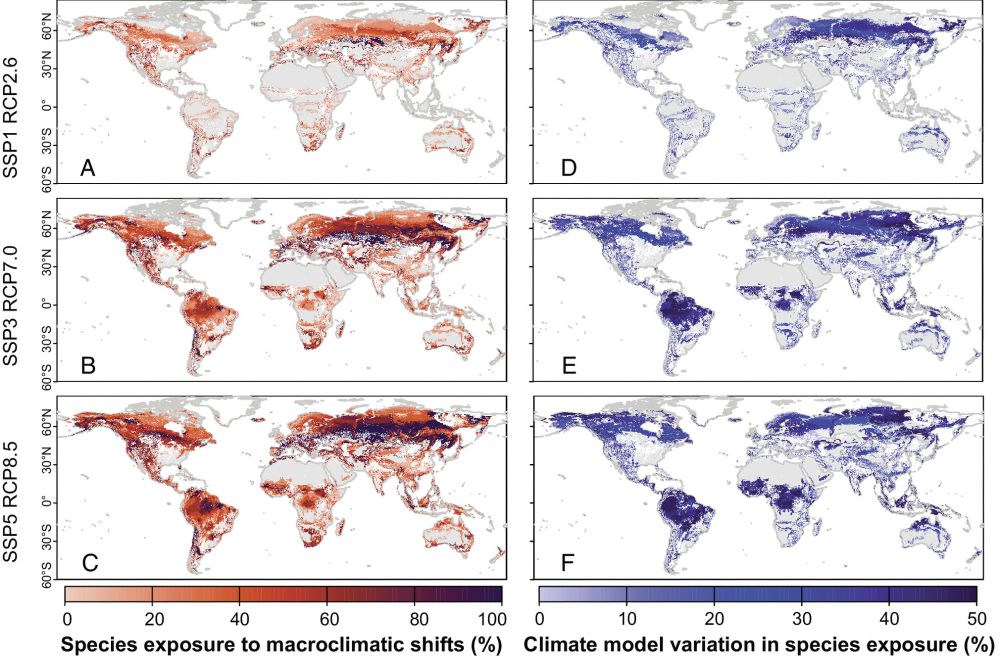
🔹69% face unprecedented climates in ≥10% of range
🔹In taiga & Amazonia >50% of local tree diversity exposed
🔹 31% of species retain >90% of range in stable climates -> important climate refugia♨️
doi.org/10.1073/pnas...
pages.cms.hu-berlin.de/biogeo/websi...
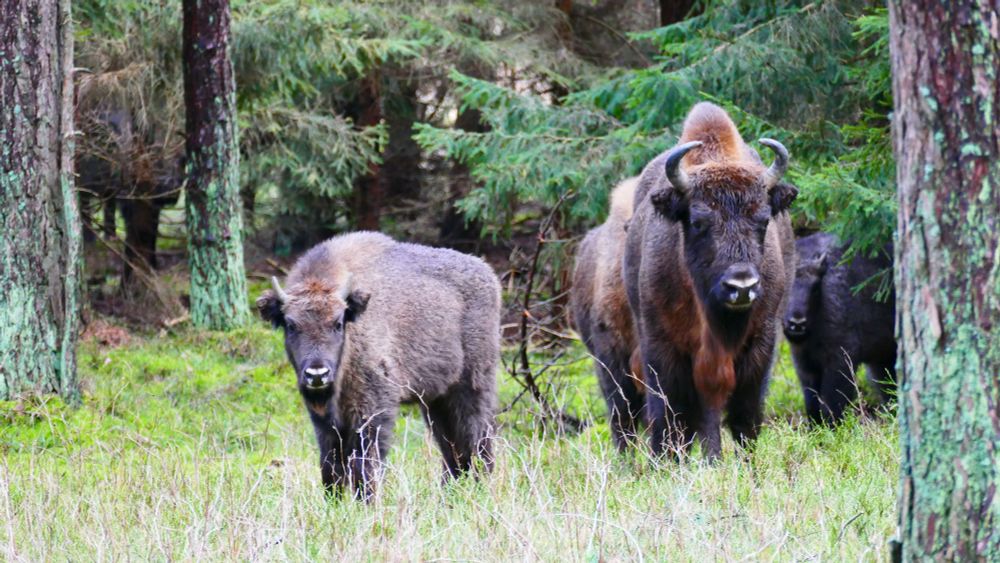
pages.cms.hu-berlin.de/biogeo/websi...
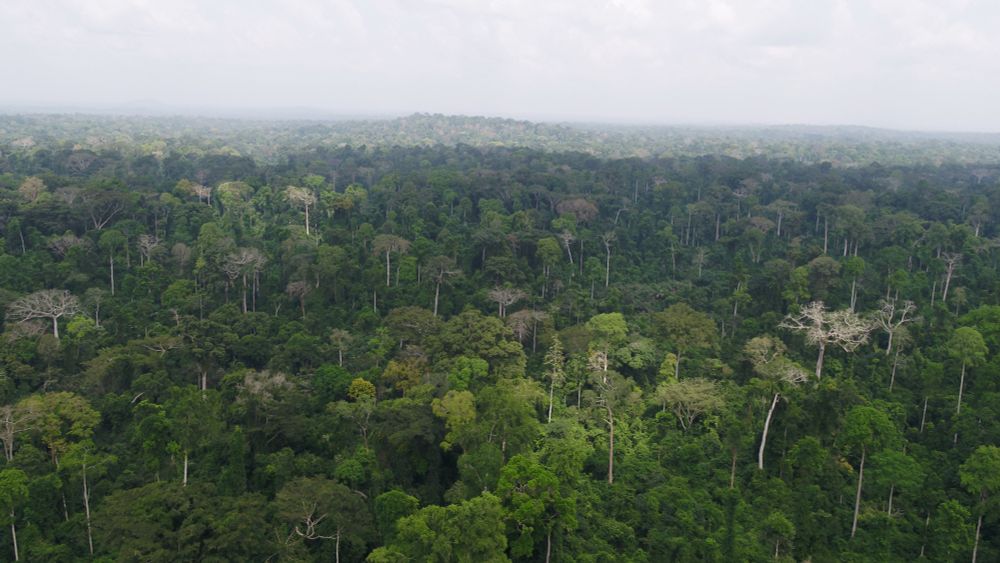
@ecioxford.bsky.social @oxfordgeography.bsky.social @biology.ox.ac.uk
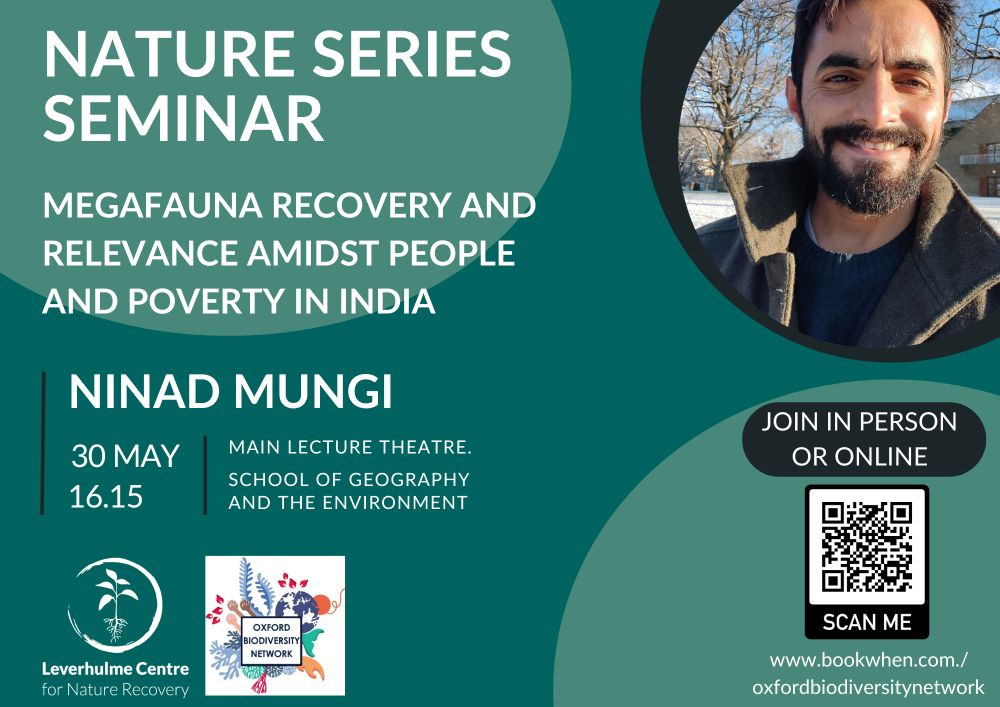
@ecioxford.bsky.social @oxfordgeography.bsky.social @biology.ox.ac.uk
🐂 🪲🌿We are proud to present our important work on #novelecosystems. Give it a watch & find out how & why we study novel ecosystems to understand their impacts on #biodiversity and #biosphere functioning and how we can manage them for a better future 🦋🌿🌎
@dg.dk @aarhusuni.bsky.social
www.linkedin.com/posts/svenni... 🌍🎥
#ecology #GlobalChange #rewilding #restoration
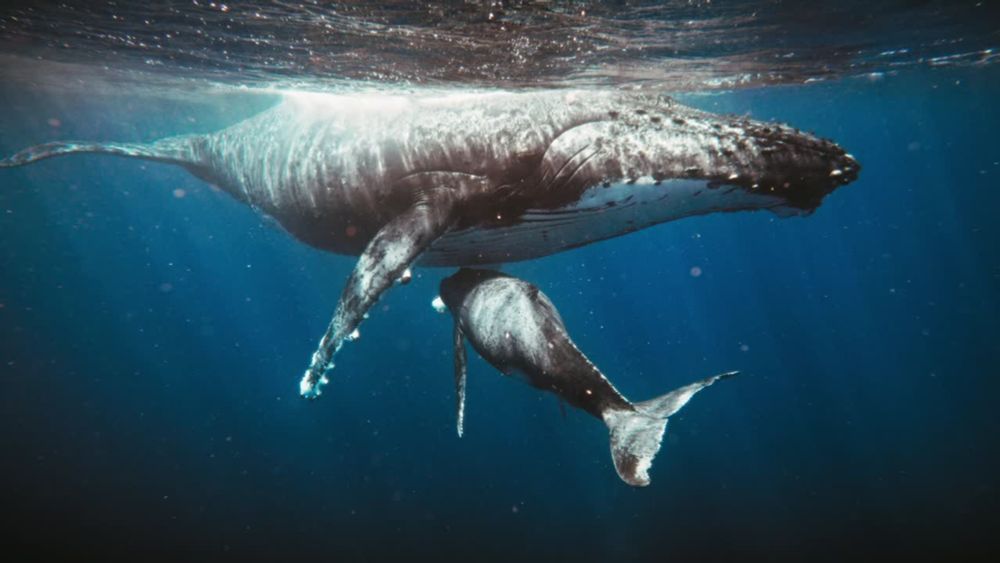
🐂 🪲🌿We are proud to present our important work on #novelecosystems. Give it a watch & find out how & why we study novel ecosystems to understand their impacts on #biodiversity and #biosphere functioning and how we can manage them for a better future 🦋🌿🌎
@dg.dk @aarhusuni.bsky.social

by @kornhuber.bsky.social et al. @pnas.org
👉 www.pnas.org/doi/10.1073/...
Climate models underestimating warming by 4x for the most extreme temperatures
Biodiversity calls for more research on heatwaves now!
🧪🌍🦤🌐

by @kornhuber.bsky.social et al. @pnas.org
👉 www.pnas.org/doi/10.1073/...
Climate models underestimating warming by 4x for the most extreme temperatures
Biodiversity calls for more research on heatwaves now!
🧪🌍🦤🌐
pubs.acs.org/doi/10.1021/...

pubs.acs.org/doi/10.1021/...

